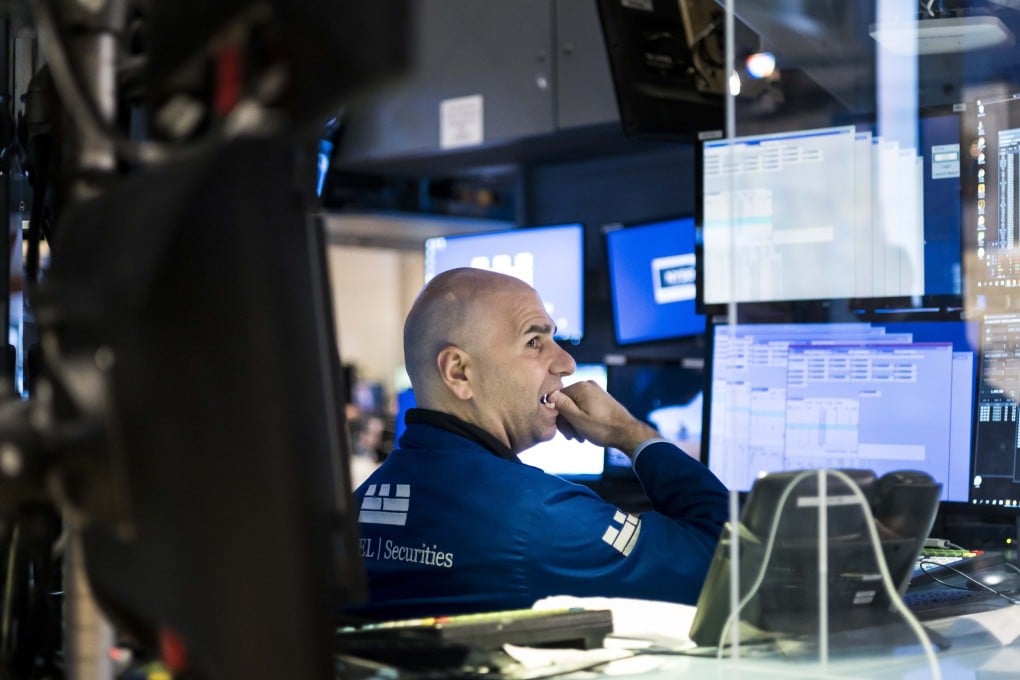Macroscope | Why stocks and bonds are moving in the same direction – down
- An increasingly stagflationary environment has reversed the traditional relationship between the two asset classes, with both bond and stock markets struggling amid high inflation, slowing growth, rising interest rates and a hawkish Federal Reserve

While historically stock and bond performances have tended to move in opposite directions, both asset classes have seen negative returns in the year to date with an increasingly positive correlation.
Higher interest rates mean increased borrowing costs which cools economic activity by weighing on business capital expenditure and consumer spending, and may further slow down growth. Investors are worried that interest rates may be increased too much too quickly, which could tip the economy into a recession.

Having said that, we believe that inflation in the United States can moderate without a recession as the Fed will do its utmost to engineer a soft landing for the country’s economy. Economic growth will inevitably slow this year but inflation should moderate as reopening demand subsides and supply chain pressure alleviates over the course of the year.
